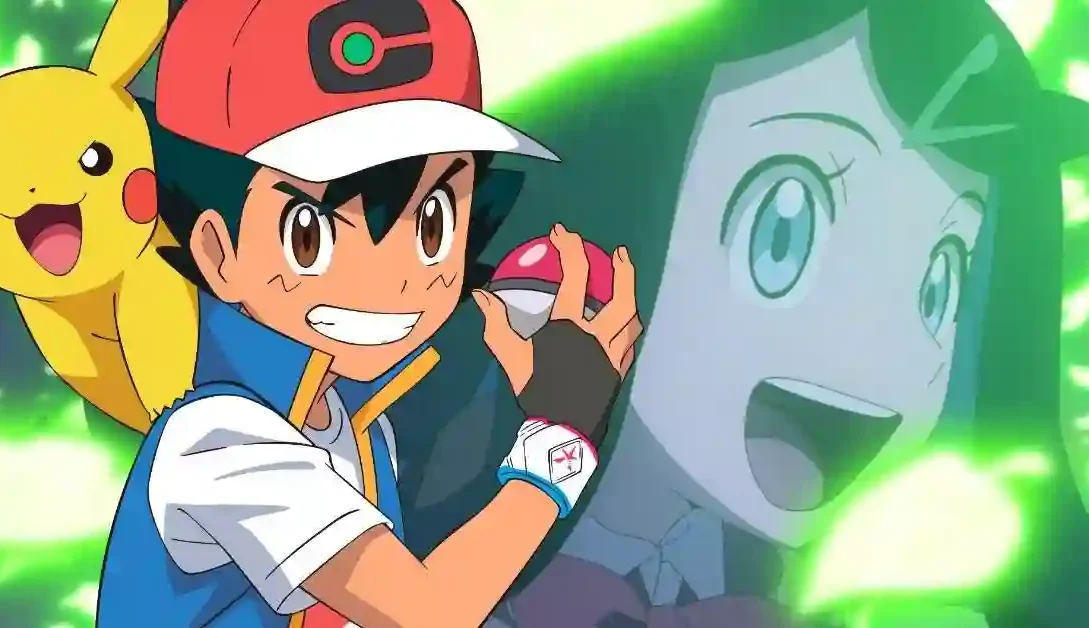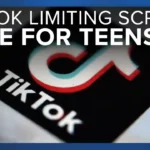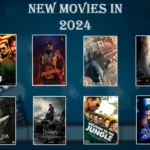Creating Manga XYZ is a journey of artistic expression and storytelling, and as any mangaka will attest, feedback plays a crucial role in honing one’s craft. “Navigating Feedback: Improving Your Manga XYZ with Critique” delves into the art of receiving, interpreting, and leveraging critique to elevate the quality of Japanese comics and refine the skills of aspiring and established mangaka alike.
1. The Importance of Constructive Critique
Critique is more than just a collection of opinions; it’s a valuable tool for growth. Constructive critique offers insights, identifies strengths, and points out areas for improvement. Mangaka, like any artists, should view critique as a pathway to enhancing their skills, enriching their storytelling, and creating Manga XYZ that resonates with a broader audience.
2. Building a Supportive Feedback Network
Creating a supportive network for feedback is essential for mangaka. Engage with fellow artists, join online communities, or seek out mentorship opportunities. A diverse range of perspectives allows for a more comprehensive critique, offering a well-rounded view of your work. Constructive criticism from peers who understand the intricacies of Manga XYZ is invaluable in the developmental journey.
3. Acknowledging Subjectivity in Critique
Manga XYZ, like any art form, is subjective. Different readers will have different preferences, and critique can reflect personal tastes. Understanding and acknowledging the subjectivity of feedback is crucial. It allows mangaka to filter opinions, recognizing which critiques align with their artistic vision and which offer valuable perspectives for refinement.
4. Feedback on Storytelling Elements
Critique often focuses on storytelling elements, such as plot structure, pacing, and character development. Mangaka should pay close attention to how their narrative unfolds, ensuring that it captivates readers and maintains a cohesive flow. Constructive feedback on storytelling elements can guide mangaka in refining plot twists, character arcs, and the overall narrative structure of their Manga XYZ.
5. Visual Critique: Artistic Techniques and Style
The visual aspect of Manga XYZ is a significant focus of critique. Artistic techniques, panel composition, character design, and overall visual style are scrutinized. Mangaka should embrace feedback on their artistic choices, whether it’s refining linework, experimenting with different perspectives, or evolving their signature style while staying true to the essence of their Manga XYZ.
6. Balancing Feedback with Artistic Intuition
While feedback is invaluable, mangaka must strike a balance between incorporating constructive critique and preserving their artistic intuition. It’s essential to stay true to one’s vision while being open to refinement. Critique should be a guiding force, not a restrictive influence, allowing mangaka to evolve their craft without compromising their unique voice in the world of Manga XYZ.
7. Understanding the “Why” Behind Critique
Critique becomes more meaningful when mangaka understand the “why” behind the feedback. When receiving comments on a particular aspect of their Manga XYZ, mangaka should dig deeper to comprehend the underlying reasons. Whether it’s about character motivations, plot twists, or visual choices, understanding the rationale behind critique empowers mangaka to make informed decisions in their creative process.
8. Feedback as a Continuous Improvement Process
Critique is not a one-time event but a continuous improvement process. Mangaka should approach feedback with an ongoing mindset of growth and refinement. As their skills evolve, so does their Manga XYZ. Regularly seeking feedback and actively applying constructive criticism ensures that each new creation surpasses the last, contributing to a continuous upward trajectory of improvement.
9. Navigating Differing Opinions
Feedback often comes in diverse forms, and mangaka may receive conflicting opinions. Navigating differing viewpoints requires discernment. It’s crucial to recognize patterns in feedback—areas where multiple opinions align—and weigh them against individual preferences. Differing opinions offer opportunities for mangaka to make intentional choices that align with their artistic vision.
10. Using Critique as a Motivational Tool
Critique, when approached positively, can be a motivational tool. Constructive feedback highlights areas of accomplishment and areas for improvement, fueling mangaka with the drive to refine their Manga XYZ further. Turning critique into motivation fosters a resilient mindset, encouraging mangaka to embrace challenges and turn them into opportunities for growth.
11. Feedback and Reader Connection
Understanding reader perspectives is crucial in Manga XYZ. While critique often comes from fellow artists, mangaka should also pay attention to the feedback of their readership. Reader comments, reviews, and engagement provide valuable insights into how the audience experiences and connects with the Manga XYZ. This direct feedback loop is instrumental in creating stories that resonate with a broader audience.
12. Evolution through Reflection and Iteration
Mangaka should engage in regular reflection on their work, incorporating feedback into a process of iteration. Each Manga XYZ project offers an opportunity to evolve, learn, and implement lessons from previous creations. The iterative cycle of creation, feedback, reflection, and refinement is the pathway to continuous evolution and mastery in the world of Manga XYZ.
Conclusion:
In conclusion, navigating feedback and embracing constructive critique is an integral part of the artistic journey for mangaka. By building a supportive network, understanding the subjectivity of opinions, and using feedback as a tool for growth, mangaka can elevate the quality of their Manga XYZ. Critique becomes a compass, guiding artists toward continuous improvement, refinement, and the creation of Japanese comics that leave a lasting impact on readers around the world.














